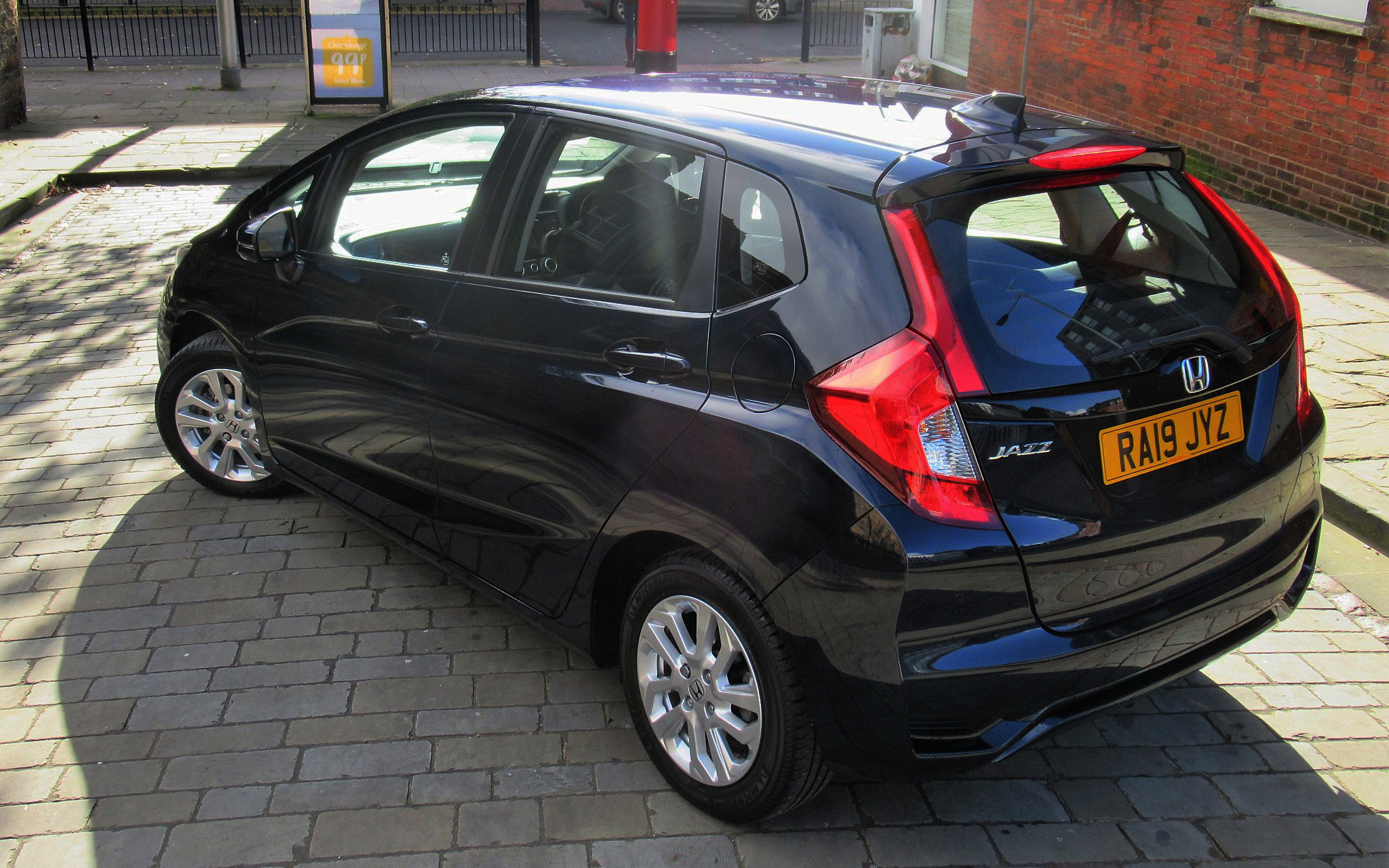A prime opportunity was offered to me just prior to the launch of the original Honda Jazz; I was given an exclusive 2.5-days drive-back to the UK from the Madrid launch venue. It was an opportunity to be relished and provided the fullest understanding of Jazz as the consummate city car that was also a surprisingly effective continental mile-eater. The cute, in-demand Mark One was replaced by a marginally bigger Mark Two version in 2007, which was revised in 2013.
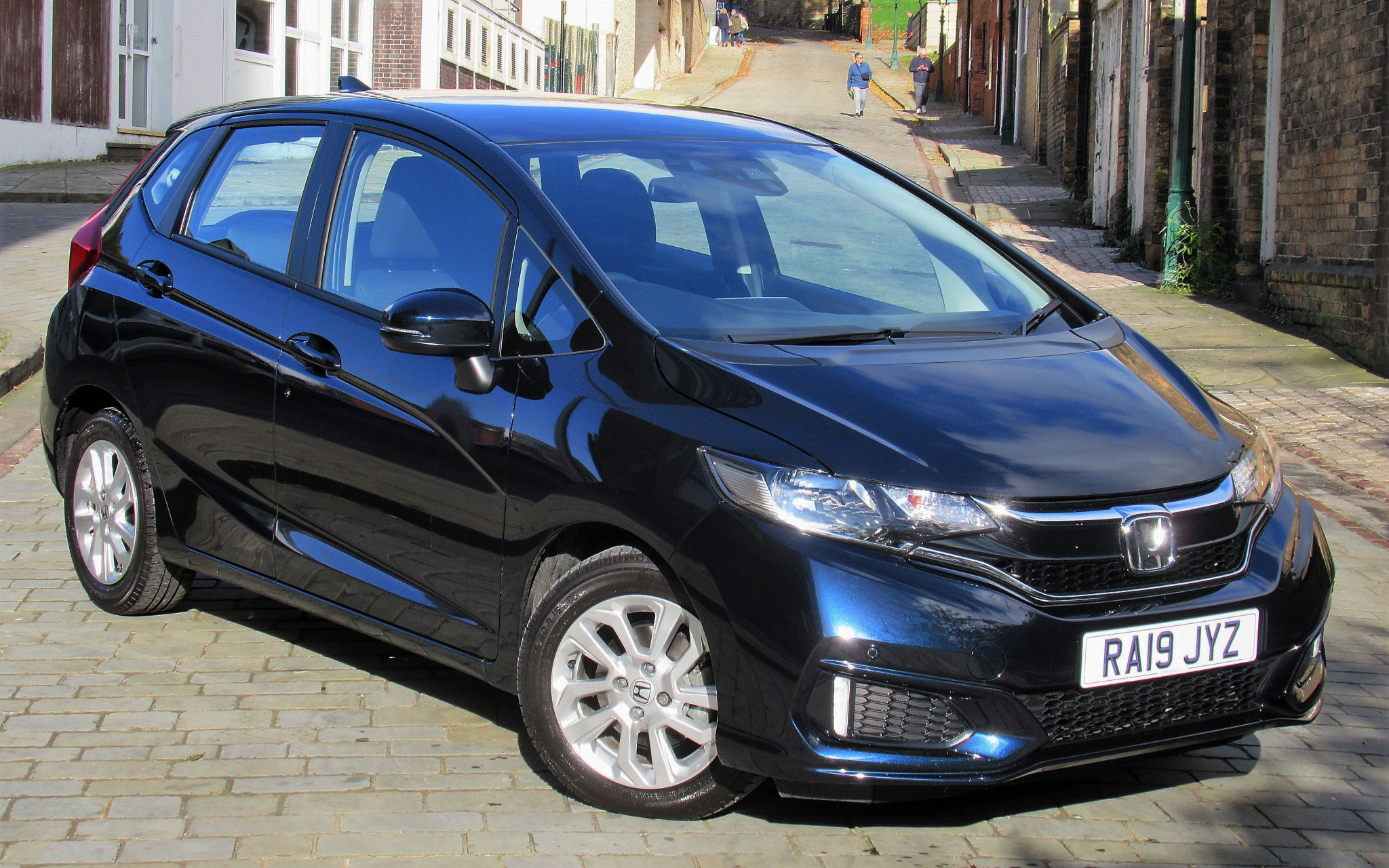
No single model from any carmaker has fitted so competently in the urban runabout classification as Jazz. Its light controls, convenient dimensions and Tardis-like interior, epitomised by its unique ‘Magic Seating’, remain unchallenged. In mid-range 1.3-litre SE guise, driving through a 7-speed (stepless) CVT, the Jazz is the ideal, fuss-free, dependable family car.
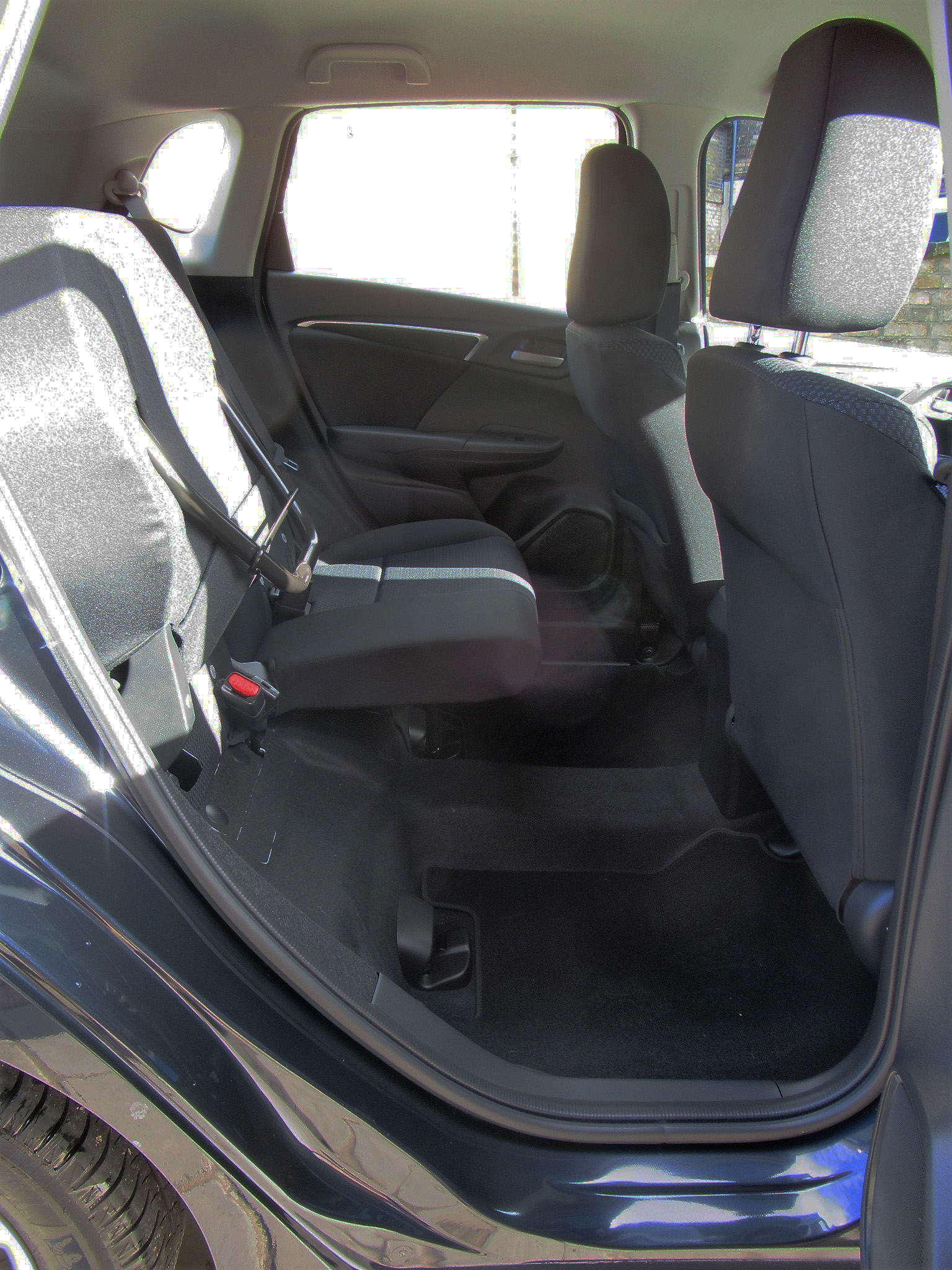
Its standout feature is the seating arrangement. For a start, there is space in the rear for me, a two-metres tall driver, to sit comfortably behind myself as driver. A relatively flat floor means that a third back seat passenger is not compromised by a lack of foot room. However, the 60:40-split rear seat bases can flipped upwards readily to reveal a fully carpeted, floor-to-ceiling load space, ideal for transporting large house-plants, works of art, or folding pushchairs. Flip them the other way and crack open the hatchback and the resultant space (1,314-litres) is cavernous, further enhanced by folding the front passenger seat back onto its base for lengthier through-loads like a stepladder. Never has a sub-4.0m (length) city car been more practical.
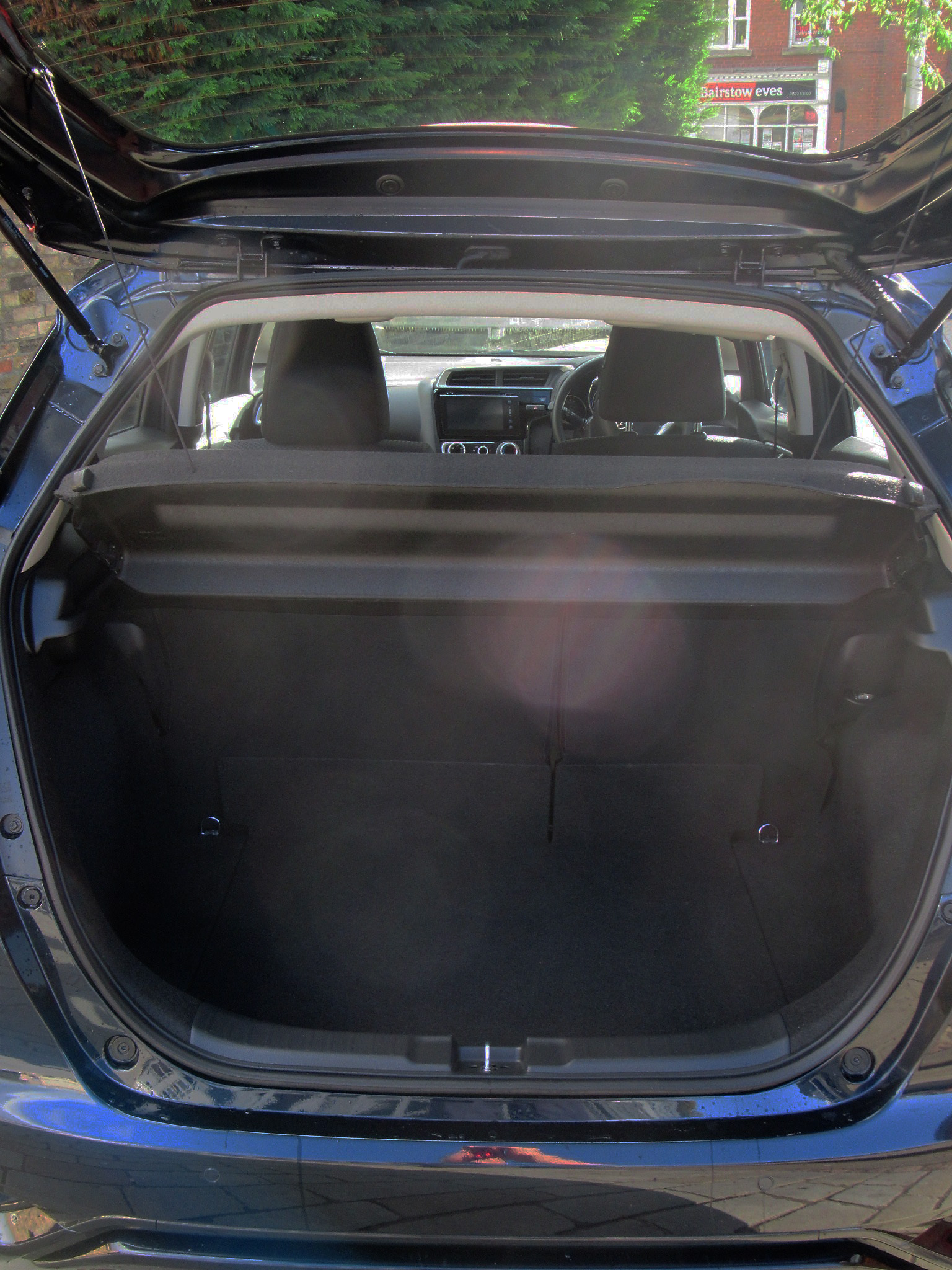
Powered by a 99bhp, 1.3-litre, normally aspirated petrol engine, it turns in a competitive 0-60mph acceleration time of 11.0s and a top speed of 113mph. It has the potential to attain 57.6mpg, while emitting a modest 106g/km CO2 (WLTP figures). Its constantly variable automatic transmission (with steering wheel mounted paddle shifters) has been roundly criticised but it would be my preference for reasons beyond its lower CO2 and fuel consumption ratings (over the manual 6-speed unit). Progress is easy and relaxed and, thanks to good cabin refinement, when you need to access its performance, engine noise intrusion is minimal. Its typical CVT characteristics can be managed by judicious use of the throttle.
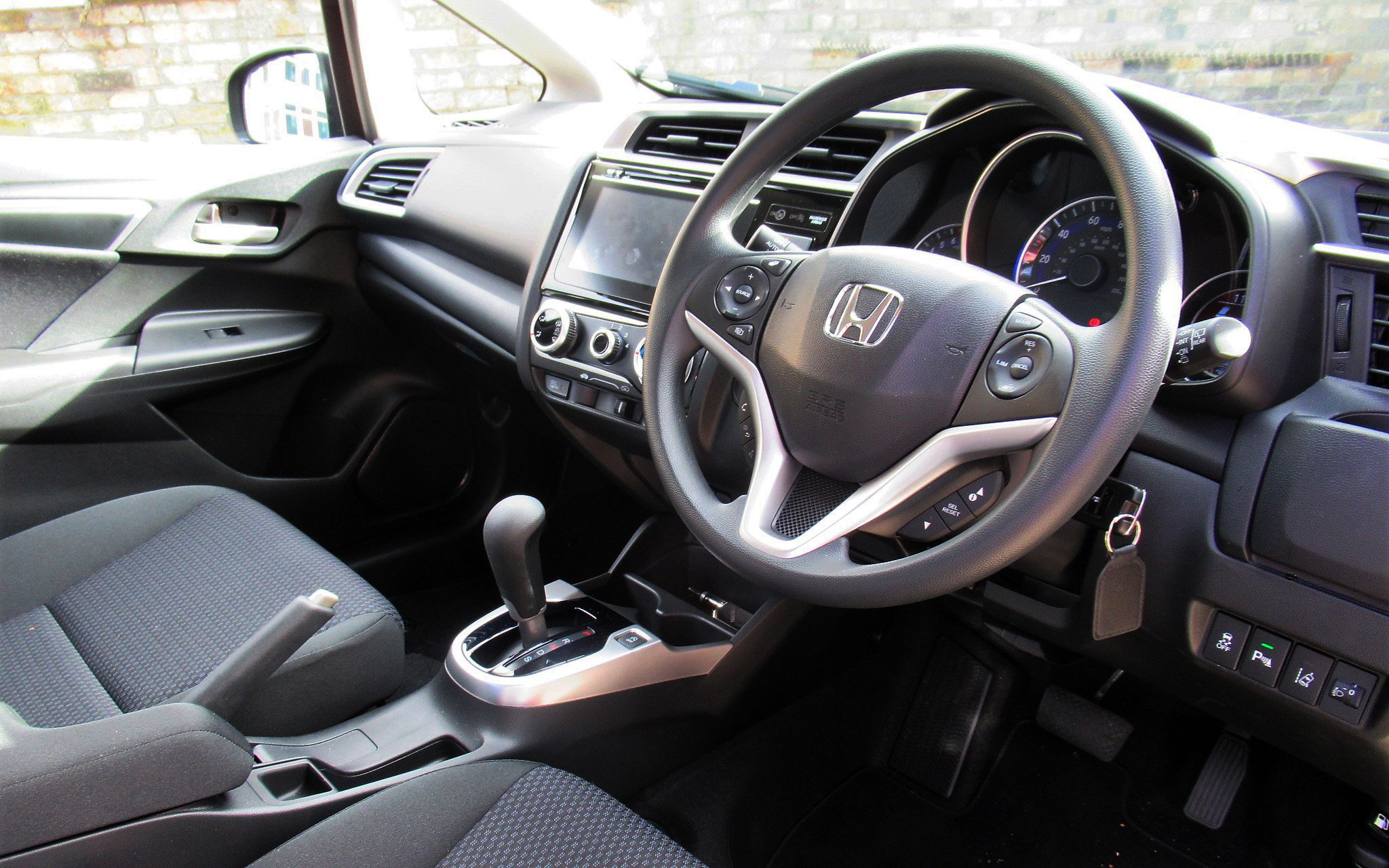
While the original Jazz could be described as a ‘puddle-jumper’, the current model benefits from more compliant ride and handling behaviour. Bump absorption is good and the electric power steering is surgically crisp in its responses, which helps when threading bends together. The dashboard design is interesting, the thoughtful, view-enhancing profile of the front screen pillars being much-welcomed, although the resilient plastic mouldings could benefit from a few softer touch surfaces. Stowage space for personal items is abundant and includes a ‘drinks-holder’ at the right-hand of the dash that is perfectly placed for a mobile, or a roll of mints.
